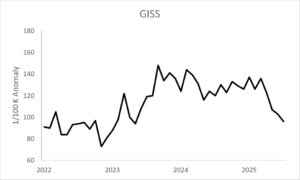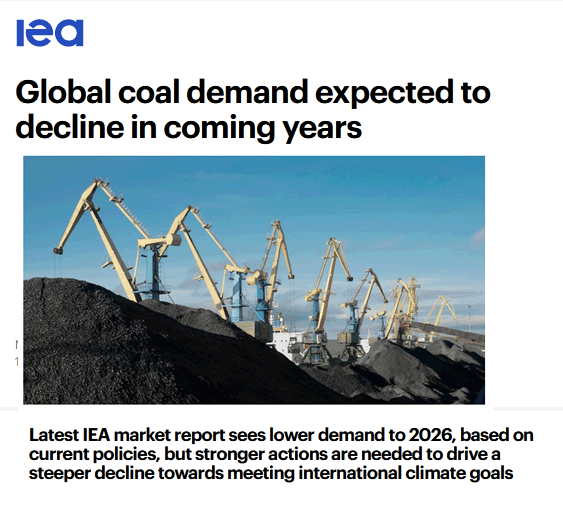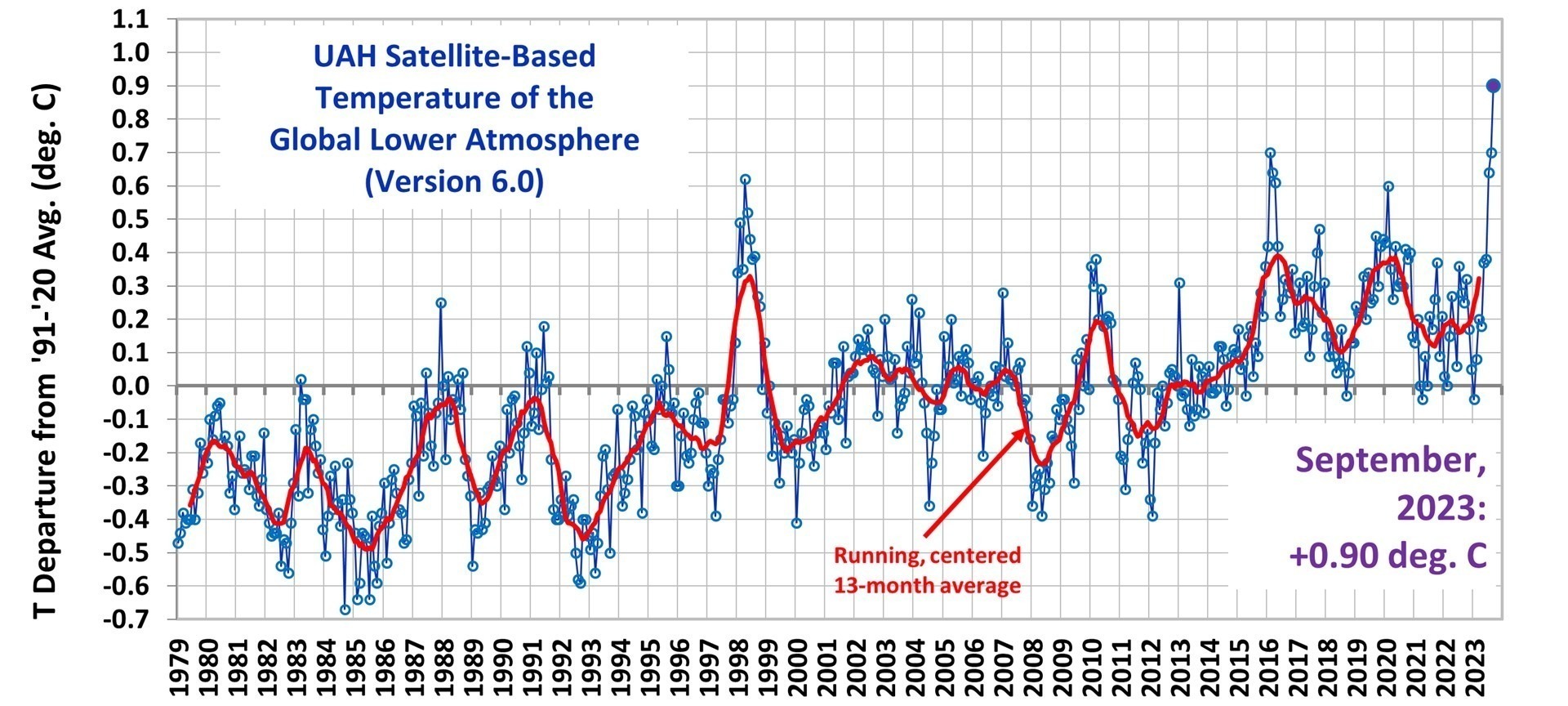by P. Gosselin, July 25, 2025 in NoTricksZone
We remember: by mid-2023, the data on global temperatures had shown a very marked increase. It had gotten warmer globally quite quickly, by an incredible 0.5°C compared to 2022. This led to a new record for the year being announced in 2024. The German public television Tagesschau (and many other media) did so in great detail.
The whole (climate) world asked about the cause. The Tagesschau correctly concluded that the (rather mediocre) El Nino could only make a very small contribution in the second half of 2023. Looking at the temporal change, the rise in global temperatures occurred simultaneously with the El Nino rise in ocean temperatures in the tropical East Pacific (an area called “Nino 3.4”) and that was already an indication that this could not be where the problem is: The lag is usually 3 months for global temperatures to follow Nino 3,4. Causality would have been violated.
It was already apparent in January 2022 that something was up. A volcano called Honga-Tunga-Honga erupted. It is an underwater volcano and large masses of water were hurled into the stratosphere. Here is a satellite image of it.
It has long been known that stratospheric water vapor causes temperatures on the ground to rise globally. But a volcano like this is a natural event, the warming effect is then added “on top” of the greenhouse gas effect. However, the “bump” itself was not man-made. Unfortunately, the news report did not mention this at all.
Every “impulse” that affects global temperatures (including land volcanoes such as the eruption of Pinatubo in 1991, which had a cooling effect due to many aerosols in the stratosphere) does so with some delay. The climate effect builds up slowly in the atmosphere and the thermal inertia of the Earth system as a whole does the rest.
Consequently, studies such as this one appeared at the beginning of 2023, which predicted a temporary warming of more than the “famous” 1.5°K deviation from pre-industrial values.
According to the Tagesschau, this is exactly what happened: “2024 was also the first calendar year to be 1.6 degrees warmer globally than pre-industrial levels from 1850 to 1900.”
…
The values are extrapolated to the end of July 2025, this month is estimated using a model, 7 days before its end.
The volcano in question occurred at the end of January 2022. Not much happened until around May 2023. Then, however, the “impulse response” of the climate system probably took place: in September 2023, an additional warming of 0.58 °C was detected compared to the average for 2022. The entire year 2024 saw an increased level of 0.39°C compared to 2022. This can NOT be explained by the gradual increase in forcing by greenhouse gases etc.!
Between 1980 and 2020 there was a warming of 0.018 °C/year, now it should suddenly be a factor of 10 in the years 2022-2024? That was always completely unlikely!
…









